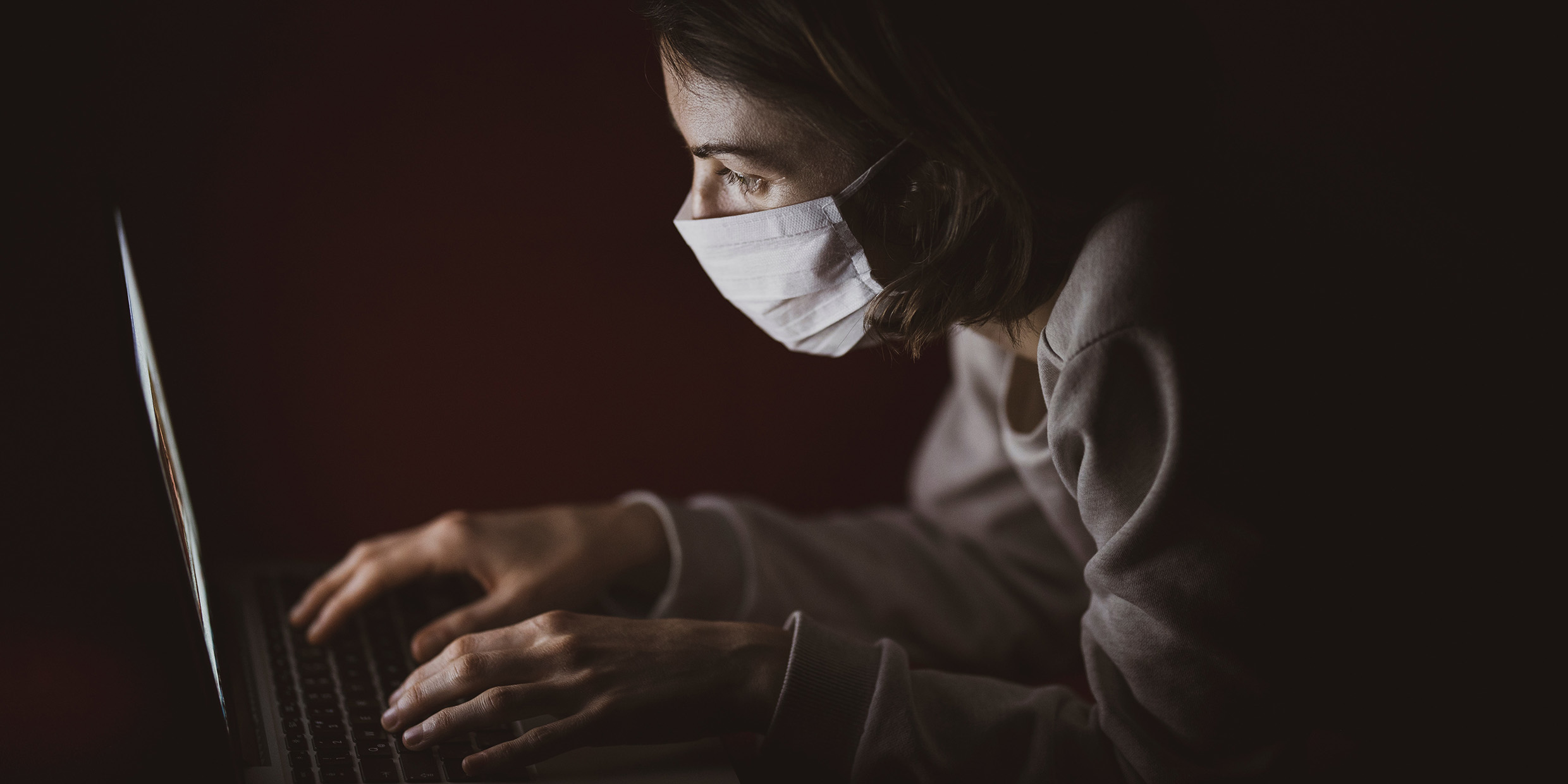Originally published 5 October 1992
This is the Nineties, right?
Not only must we protect ourselves from germs. We must also guard our computers.
Whenever I pop a floppy disk into the drive of my Macintosh, the machine is potentially exposed to viruses — digital microbes contrived by unscrupulous hackers to turn my computer’s memory into mush.
A computer virus is a short program that passes from machine to machine, concealed in streams of apparently innocent data. Once lodged in the memory of a host computer, the virus program copies itself, sometimes in memory-clogging numbers, then looks for other machines to infect. In all of this, a computer virus is uncannily similar to a biological virus.
My Mac is not without protection. I’ve invested in a virus detection program that scans every disk that goes into the drive for common viruses. The program is a sort of all-purpose antibiotic that recognizes and destroys alien viruses before they corrupt my data.
However, my computer has a built-in modem that allows it to exchange data with other computers over telephone lines. Telephone communication is virus-safe for humans, but not for computers. My virus-protection program doesn’t check the modem connection. If the machine at the other end of the line is infected, my computer is at risk.
So far, computer viruses pose only a modest risk to the owner of a personal computer. Provided we use protection, and exchange data only with computers we have reason to believe are virus-free, we have little to worry about. However, two articles in a [1992] issue of Science suggest a more worrisome future.
According to the first article, many bacteria and viruses that cause common diseases, from pneumonia to tuberculosis, are developing resistance to the drugs that have kept those diseases under control. Like all living things, microbes evolve. If genetic mutations give a microbe some measure of protection against its enemies (antibiotics), the new genes will be favored by natural selection. Microbes reproduce with astonishing speed — a generation every 20 minutes for the typical bacterium. Bacteria also have a way of exchanging genes directly among themselves. For bacteria, the equivalent of a million years of human evolution can be compressed into a few months.
Medical researchers are struggling to develop new antibiotics faster than microbes evolve defenses. “There’s no magic bullet,” says George Jacoby, a specialist in infectious diseases at Massachusetts General Hospital. “Bugs are always figuring out ways to get around the antibiotics we throw at them. They adapt, and they come roaring back.”
The second article in Science reported on the third workshop on Artificial Life (ALife), held in Santa Fe this summer.
The most exciting discussions at the workshop concerned the possibility of creating “real” life in a computer, and whether digital life might already exist in the form of computer viruses.
According to ALife aficionados, life is not just a collection of molecules or cells; more fundamentally, it is also a set of processes, such as metabolism, reproduction, or protein formation. These processes can be simulated with dramatic fidelity in the memory of a computer. Digital “plants,” for example, have been made to grow, blossom, compete and evolve. When the results are displayed on the screen of a video monitor, they are disconcertingly lifelike.
At the Santa Fe workshop, Thomas Ray, an evolutionary biologist at the University of Delaware, demonstrated a realistic ALife program called Tierra (Spanish for Earth). A Tierran species of life is defined by a sequence of computer instructions that tell the “organism” how to reproduce and interact with its environment, much as DNA segments do for real-life organisms. Mutations — a change of a bit from one to zero or vice versa — yield new instructions, some beneficial, some fatal. When Ray’s digital organisms are set loose in the memory of a computer, they compete, evolve defenses and yield progeny that were not envisaged by the programmer.
Computer microbes copy themselves at speeds that make bacterial reproduction look positively poky. When digital viruses can spontaneously mutate, compete against their predators (anti-viral programs), and evolve new and more virulent strains, society is in big trouble. If drug researchers can’t keep up with the evolution of biological microbes, what hope will we have of keeping ahead of fast-changing computer viruses?
Increasingly, human civilization depends on massively interconnected computer systems. A web of electronic data wraps the planet, controlling or regulating many aspects of our lives: Call it the datasphere, by analogy with the biosphere. In that rich digital environment, future ALife microbes will breed and thrive, presenting society with problems as intractable as the scourge of AIDS. A wholly new profession — digital medicine — will come into being to keep our machines healthy.
Life in the biosphere and life in the datasphere can be remarkably similar. Evolutionary biologists are learning about real life by watching ALife organisms evolve on computers. And the unscrupulous hackers who create computer viruses will be looking to real-life microbes for ever more devious ways to evade our anti-viral defenses.
The source code for the original Tierra artificial life software is available in the datasphere, but please, watch out for viruses. ‑Ed.



